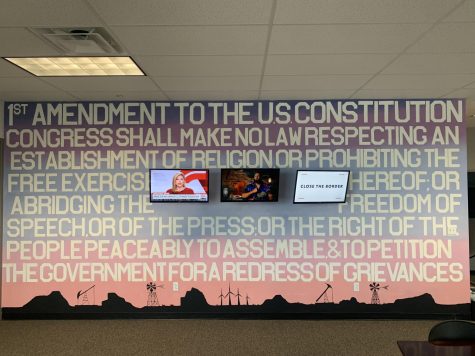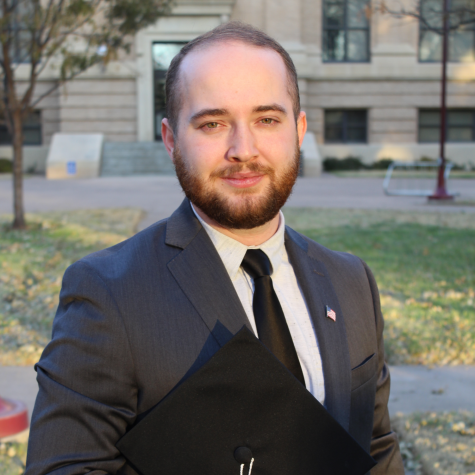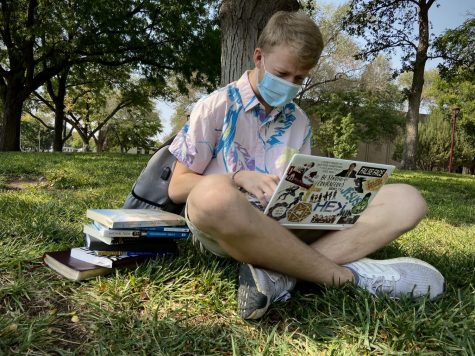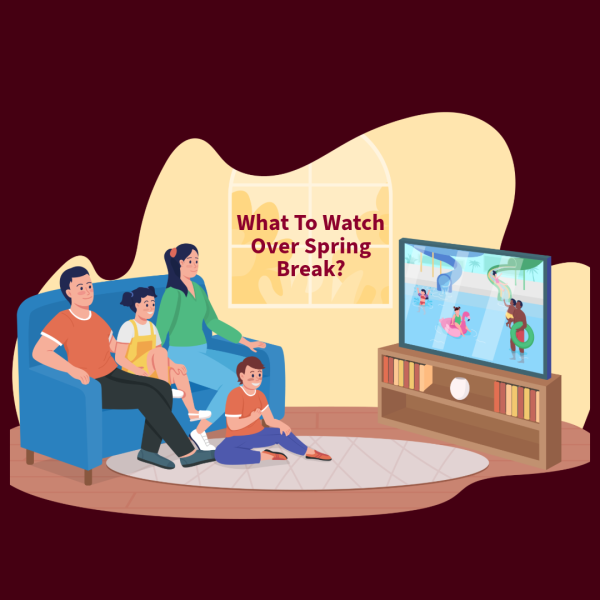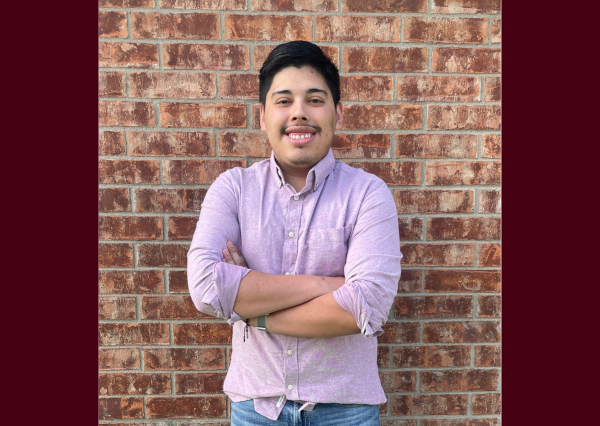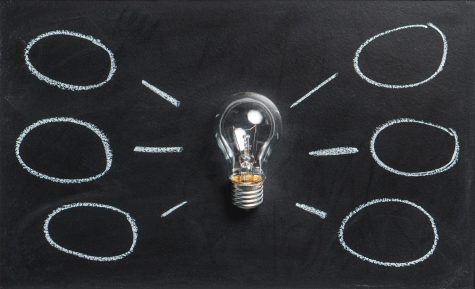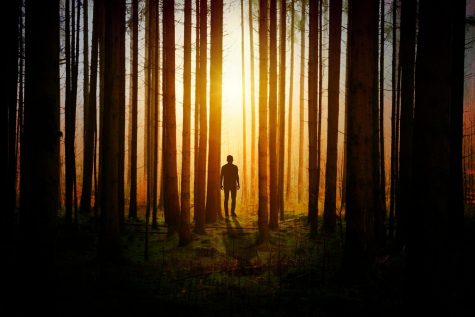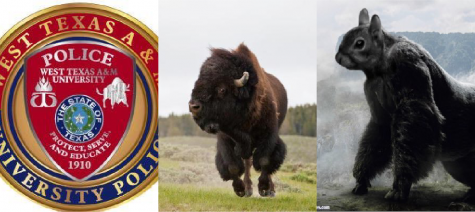‘Ragnarok’ comes in hot to climate change discussion
Netflix has released a virtually uninterrupted stream of instant hits in recent months, including “The Witcher,” season two of “You” and the series finale of “BoJack Horseman.” With such viral successes dominating much of our streaming and our newsfeeds, less prominent films and series are often overlooked.
On January 31, Netflix premiered the Norwegian language series “Ragnarok.” Featuring a cast of characters who are disabled and in the LGBT community, “Ragnarok” tactfully blends teen drama, Norse mythology, and climate change to provide a unique look at a fictional town staring down the barrel of a modern ragnarok.
The series takes place in the fictional Norwegian town of Edda, a small town located on a fjord fed by melting glaciers from the surrounding mountains. According to the local history and legends, Edda is not only the last Norse town to have been converted to Christianity but also was the location of the last battle between the Norse gods and the Jötunn, or the giants. Because of this legacy, the locals commonly refer to Edda as the location of Ragnarok, or the end of the world in Norse mythology.
David Stakson plays Magne, a teen whose severe dyslexia, social anxiety and history of angry outbursts caused him to spend most of his life as an outcast. He is befriended at his new school by Isolde, a lesbian environmental activist played by Ylva Bjørkaas Thedin. Isolde quickly involves Magne in her activism, including inviting him up a mountain to survey the recession of the glacier in the spring thaw, and explaining her theory that the local factories of Jutul Industries are polluting the town’s water supplies with heavy metals and “forever chemicals.”
“Ragnarok” begins almost immediately with hot topics for Millenials and Gen Z by featuring characters remarking on how the winters have been unusually hot, mentioning clusters of mysterious illnesses around the town particularly amongst factory workers, and even referencing GreenPeace and Greta Thunberg. The plot of the show hinges on climate change, how teenagers are reacting to it, and how those involved with production and industry are willing to turn a blind eye.
“Ragnarok” is a work of ‘cli-fi,’ or climate fiction, and its release in early 2020 is an appropriate way to ring in the beginning of what many scientists consider to be the last decade we will be able to save our world. While the series does allude to the fictional Norse apocalypse in its title, it is quickly apparent that the ragnarok the show is really referencing is the end of the world brought about by uncontrolled pollution and emissions by big industries and the politicians around the world willing to accept a paycheck and look the other way.
Multiple characters throughout the show point fingers at the local company for improperly storing and disposing of waste products from the factories in town, blaming them on the mysterious illnesses and deaths of people and animals in the area. The members of the family that own the business inevitably revert to stating that they are meeting all of the standards set by the government for an acceptable amount of environmental emissions, an argument that is frighteningly familiar for anybody who pays attention to real-life climate change discussion.
“Ragnarok” holds no punches regarding its opinion of the climate change crisis; the characters who blatantly deny the impact that big industries and corporations have on the environment despite the obvious signs are the apparent antagonists of the show, whereas those who are acknowledging the terrors of what is facing their generation are the heroes.
While some Norwegian and Danish reviews have critiqued “Ragnarok” being too overt with pushing its agenda of climate change awareness, the reality is that we live in a world where Antarctica’s coast is regularly reaching well above the melting point of ice, and most recently was measured at a balmy 65 degrees Fahrenheit. The Arctic Circle’s summers are getting hotter and longer every year, now averaging well into the 50s. Wildfires rage across California and Australia on a regular basis due to extended periods of extreme heat and drought. Coastal regions experience exponentially more flooding, leading to buildings and streets in places like Miami and the Florida Keys to be underwater for weeks on end outside of high tides and storms.
Despite all of this, just as “Ragnarok” shows, certain groups are actively avoiding the signs, the science, and the truth. It is well documented that companies for commodities such as fossil fuels actively push politicians to loosen restrictions on emissions and other polluting agents in order to secure a larger profit from their industry.
“Ragnarok” displays the drama and politics of the subject elegantly, with just enough fiction and fun thrown in to make bearable the reality that the world must face: we need to change fast, aggressively, and immediately, otherwise we will see a real end of the world, and we won’t have the luxury of turning off Netflix when we get tired of watching.
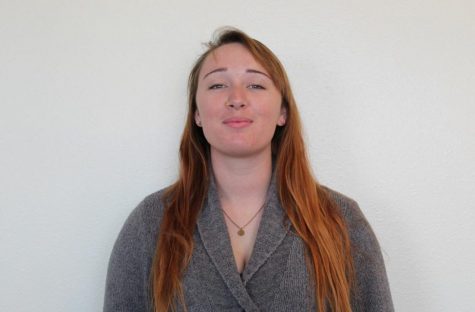
I am a senior Public Administration major from Bradenton, FL. I'm passionate about journalism, especially political journalism, and spent my freshman and...





